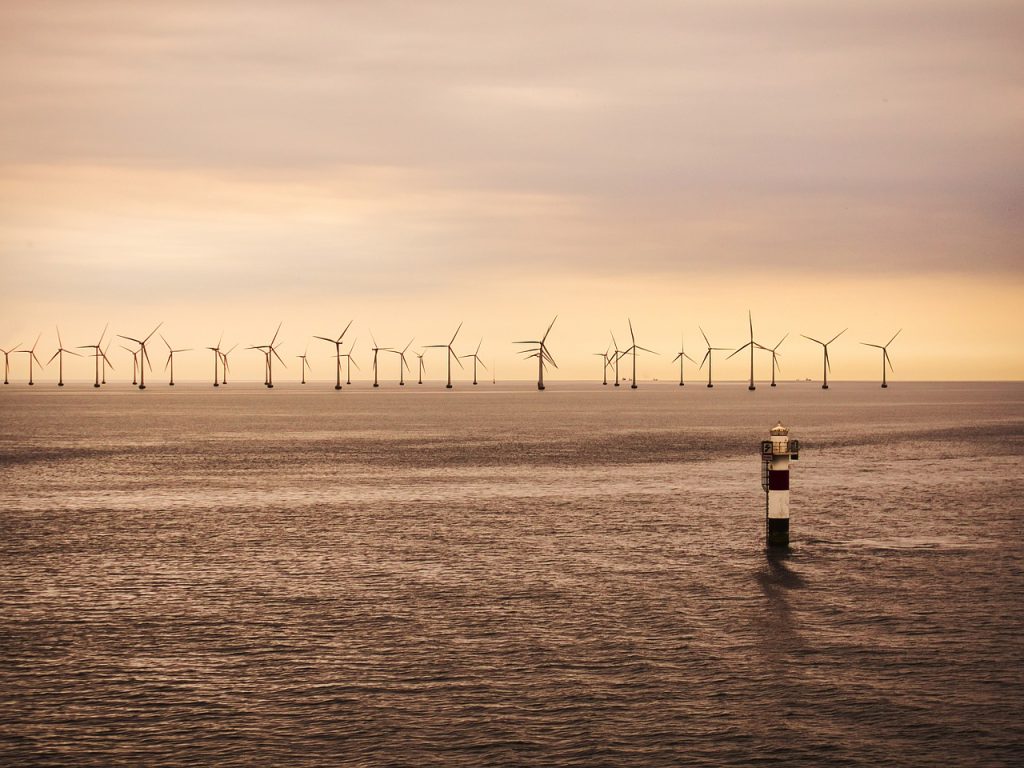The Need for Critical Communications Infrastructure for Industrial Organisations
Whether onshore or offshore, the growth of the Internet of Things (IoT) within industrial markets has enabled significant improvements to many aspects of operations on wind farms. This includes turbine performance, reliability, energy management, uptime, and equipment maintenance.
This applies to the wider renewables and utilities sectors too – any sector in which the interconnectivity of machinery is integral to day-to-day operations.
In this article, we explore how Industrial Internet of Things (IIoT) connectivity can help energy and utility providers significantly reduce operational costs, improve quality of service, cut their carbon footprint, and improve health and safety for employees on all their sites, no matter how remote.
Let’s look at wind – a case study…
Benefits of IIoT for Wind Farms
Wind turbines may seem simple in principle, but under the surface, they are very complex and very expensive to manufacture. This makes the operational and maintenance aspects of turbines even more important, leveraging data for maximum efficiency. One turbine is equipped with up to 1000 sensors, monitors, actuators, and more – managing all of these across an entire site requires the right software, processes, and of course a stable internet connection.
A supervisory control and data acquisition (SCADA) system is central to all of this, enabling industrial organisations to:
- Control and regulate processes locally or remotely
- Optimise performance by accessing real-time data for advanced monitoring, ensuring that any problems can be resolved as quickly as possible
- Leverage data for predictive maintenance, reducing turbine downtime and vastly improve health and safety
- Reduce the need for human intervention and manual errors
- Control equipment directly – this includes sensors, pumps, motors, valves etc.
- Record data for further analysis and identify opportunities for continuous improvement
An effective SCADA system will improve uptime, reduce costs, and extend turbine lifetime.
This operating model is aligned with the aims of the ROMEO project, an EU-backed initiative that works with companies to develop advanced technological solutions to reduce operational and maintenance costs of offshore wind power facilities.
Options for Wind Farm Connectivity
Central to all of this is great connectivity. Wind power facilities are often located very in remote, challenging environments, affected by adverse weather conditions and accessibility. Traditionally, deploying ICT infrastructure for such projects was very challenging, with very long lead times and extensive groundworks required for laying cables.
Fortunately, the advancements of mobile technologies have enabled a cost-effective, easily scalable solution in the form of Private 4G / 5G. A Private Mobile Network allows companies to have their own dedicated, localised internet connection, leveraging the speed, privacy, and resilience of the mobile networks.
This means that projects can be connected and able to leverage IIoT for effective operations from day one, without having to wait months, or even years, for the installation of traditional fibre lines.
2021 has also finally presented a viable satellite internet option in the form of Low Earth Orbit (LEO) Satellites. This is the only technology able to deliver truly global coverage, even in the previously unconnected polar regions. For sites located far offshore, struggling with connectivity, LEO is the perfect solution.
Check out our Afton Wind Farm case study, showing how we combined the power of mobile repeaters and 4G internet to improve critical communications and health and safety for on-site staff.
Applying Our IIoT Learnings to Other Industries
These learnings are not limited to wind farms, but also apply to industrial applications as a whole, where the same principles can be applied to water and wastewater management, energy, manufacturing, oil and gas, logistics, and much more.
To find out more, don’t hesitate to get in touch with our team on 0330 1244 805, or fill in our enquiry form.


